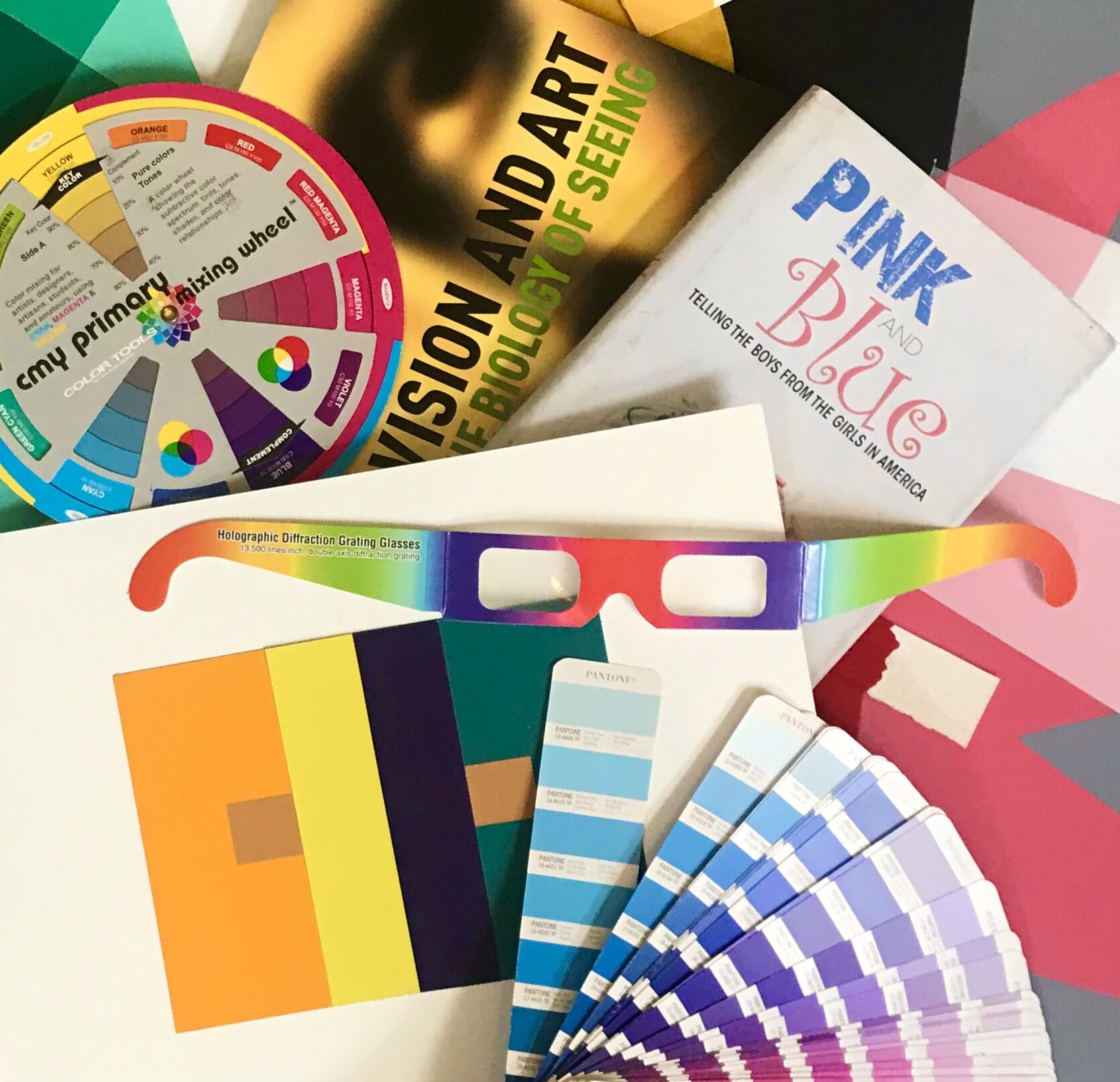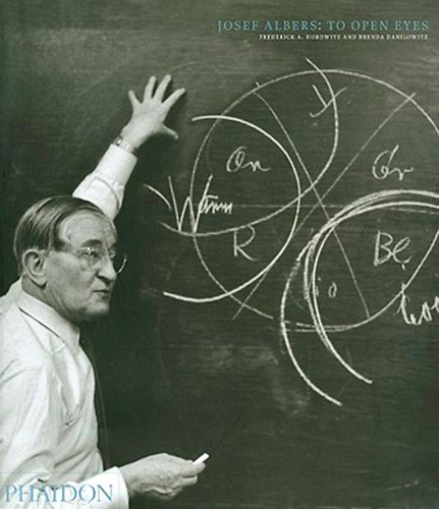
Color Resources
“Good color sings. It is melodious, aroma-like, never over-baked.”
Events
Video
Audio
Books
Colour and Meaning: Art, Science and Symbolism
John Gage
John Gage is the cultural historian whose infectious curiosity and encyclopedic research first cracked open the vast world of color for me. Training his eye on the history of art, Gage leaves no stone unturned as he tracks the story of color across centuries, places, and disciplines as diverse as philosophy, linguistics, science, psychology, anthropology, and visual art. You will discover complex color codes that transform over time and place, due to changes in production technologies and the evolution of the symbolic cultural values they represent.
Vision and Art: The Biology of Seeing
Margaret Livingstone
How are the colors we see connected to light? Vision and Art is fundamental for anyone interested in learning about how the human visual system works and why this information is relevant to the images artists create. Bridging the gap between science and art, Livingstone explains why color is a mental construct, exploring how artists like Rembrandt, Monet, and graphic designers in television and film create convincing illusions using properties of luminance and spatial depth.
The Color Revolution
Regina Blaszczyk
If you ever thought that color is merely decorative, this book is a game changer. Connecting the dots between transnational chemical industries that produce new synthetic colors and the massive growth of global markets in the 20th century, Blaszczyk shines light on myriad roles played by color in mass consumer culture. Meet the color forecasters, engineers, military camouflage artists, and master strategists who activated color as a powerful communication tool, essential for designing everything from fashion, cars, and home products (including the kitchen sink!) to the interior design of hospitals, grocery stores, transportation systems, and businesses.
Bright Earth: Art and the Invention of Color
Philip Ball
What does chemistry have to do with what we see? Color’s material relationship to natural pigments is profound and elemental. If you ever wondered why the colors in your paint box look and act the way they do, Bright Earth is for you. Just like celebrating all the unique ingredients in a recipe we savor for dinner, gaining knowledge about the chemical recipes for color is enlightening. Philip Ball takes us on a fascinating tour behind the scenes to learn about the dynamic collaborations between chemists, artists, and designers that give rise to new colors.
To Open Eyes
Josef Albers
Observation and experimentation are two essential pillars of the art and teaching of Josef Albers, along with a remarkable openness to the wonders of vision. Arguably the most influential color theorist and art teacher of the twentieth century, Albers’ impact on art education was immense, shaping the way basic design was taught in the decades after WWII. His focus on line and color as foundational elements was both playful and disciplined. Albers inspired his students to question assumptions, think critically, and learn by doing. To Open Eyes paints a nuanced portrait of the artist from his formative years at the Bauhaus to his innovative, modernist legacy.
Blue: The History of a Color
Michel Pastoureau
I read Blue: The History of a Color early in my explorations of color’s deeply rooted social history, and I was blown away by the breadth of information that Pastoureau, a renowned cultural historian, was able to weave into the narrative. Like the other books in his generously illustrated series (Black, Red, Green, Yellow), this one tracks blue’s progression from the Paleolithic age to the present, with a primary focus on European societies. Blue functions on multiple levels, from its uses, material properties, and economic status to its diverse psychological, linguistic, and symbolic dimensions that have evolved over the arc of human history.
Deviate: The Science of Seeing Differently
Beau Lotto
This engaging book about the neuroscience of perception offers a truly eye-opening window into the workings of our brains and physiology. “We do not experience the world as it is,” Lotto writes, “because our brain did not evolve to do so.” Revealing the subjectivity not just of our perceptions, but also our interpretations of them, Lotto exposes the interconnected ecosystem of experience that shapes our realities.
Color: A Natural History of the Palette
Victoria Finlay
Findlay unpacks the artist’s palette to investigate each color’s unique origin story, the technologies that transformed its raw pigments into useful colorants, and the ways it became coded with symbolic meanings that changed over time and across cultures. Traveling around the globe on a quest to reveal the backstories of ochre, black, brown, yellow, red, green, blue, indigo, and violet, she breathes new life into the humble paintbox.
The Designer’s Dictionary of Color
Sean Adams
The Designers Dictionary of Color provides practical tools and a conceptual framework to guide the process of building dynamic and cohesive color palettes. Adams believes that color perception is both personal and cultural, and that there is ultimately no “wrong” color combination. The book is divided into sumptuously illustrated sections based on spectral hues (warm and cool), neutrals, and specialty colors that include fluorescent and metallic colors. Each section offers a succinct profile of the featured color that includes deeper cultural meanings and examples of successful applications in contemporary design.















